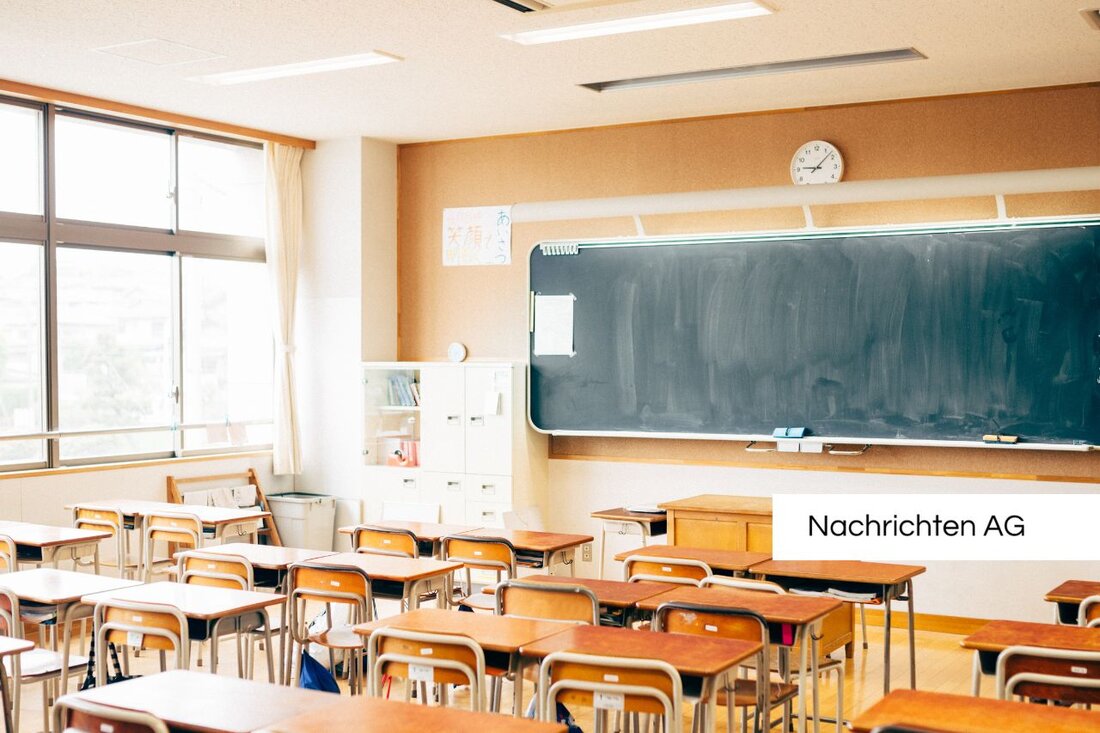Sport for everyone: Austria's explanation against lack of exercise!
Sport for everyone: Austria's explanation against lack of exercise!
Wien, Österreich - The inaugural visit by Thomas Weninger, the general secretary of the city of the city, and Thomas Rajakovics, the sports head Graz, with Vice Chancellor Andreas Babler and Secretary for Sports Secretary Michaela Schmidt is an important event that illustrates the current situation of physical activity in Austria. According to a report by the WHO and OECD from 2023, there is a worrying increase in lack of exercise in Europe, which also does not stop before Austria. While physical activity can avoid diseases and reduce costs in the health sector, the reality in Austria is alarming: 12% of elementary school students are heavily overweight, as well as 30% of the boys and 22% of girls at the age of 14 in middle schools.
Weninger emphasizes that the health system can only be financed if more movement is promoted. From May 2025, the "daily movement unit" is to be expanded in schools and kindergartens. BABLER underlines that this is a political priority of the Ministry of Sports. Sports state secretary Schmidt explains that access to sporting activities must be ensured for everyone, regardless of financial resources or place of residence. In addition, the need for targeted investments in the sports infrastructure is emphasized.
physical activity and their health benefits
The health benefits of physical exercise are undisputed. Studies show that an increase in muscle mass reduces dementia risk and regular movement helps to avoid health problems. In Austria, movement monitoring shows that 42% of the population meet the minimum recommendations for endurance activities. However, this is inadequate, and it is estimated that a lack of movement causes social costs of 248 million euros.
The international comparisons also show that Austria is above average above the level, but there are significant challenges. Gender -specific and age -related differences in physical activity are evident; Boys are more active than girls, and with increasing age the range of movements decreases significantly. Apprentices are less sporty in their free time than students of the same age.
The way to improve the culture of movement
Comprehensive promotion of movement, such as the National Action Plan movement (NAP.B), is intended to help improve the framework conditions for physical activity. According to the WHO, national programs and their financing must be expanded and integrative concepts for various population groups must be promoted. The WHO also emphasizes that by increasing physical activity to at least 150 minutes a week by 2050, around 11.5 million new cases of non -transferable diseases could be avoided, which could lead to annual savings in healthcare of up to 8 billion euros.
However, targeted investments and political commitment are necessary to achieve these global health goals by 2030. The Austrian Association of Coms, which represents 261 member communities and stands for 70% of the jobs in the cities, is obliged to promote a modern municipal sports policy that puts both the infrastructure and the club in the foreground.In order to achieve sustainable change in the culture of movement, children in schools must already be sensitized to the joy of movement. Rajakovics points out that this is a prerequisite for long -term promotion of physical activity. By expanding resources and measures, Austria can get a better way to more health and social cohesion.
The coming years are crucial to increase both physical activity and healthy life in the population. The initiatives of the federal government, such as the daily movement unit in educational institutions, play a central role in combating the lack of movement and the associated challenges.
press.wien.gv.at | pmc.ncbi.nlm.nih.gov | Who.int
| Details | |
|---|---|
| Ort | Wien, Österreich |
| Quellen | |


Kommentare (0)